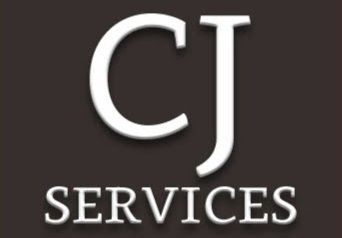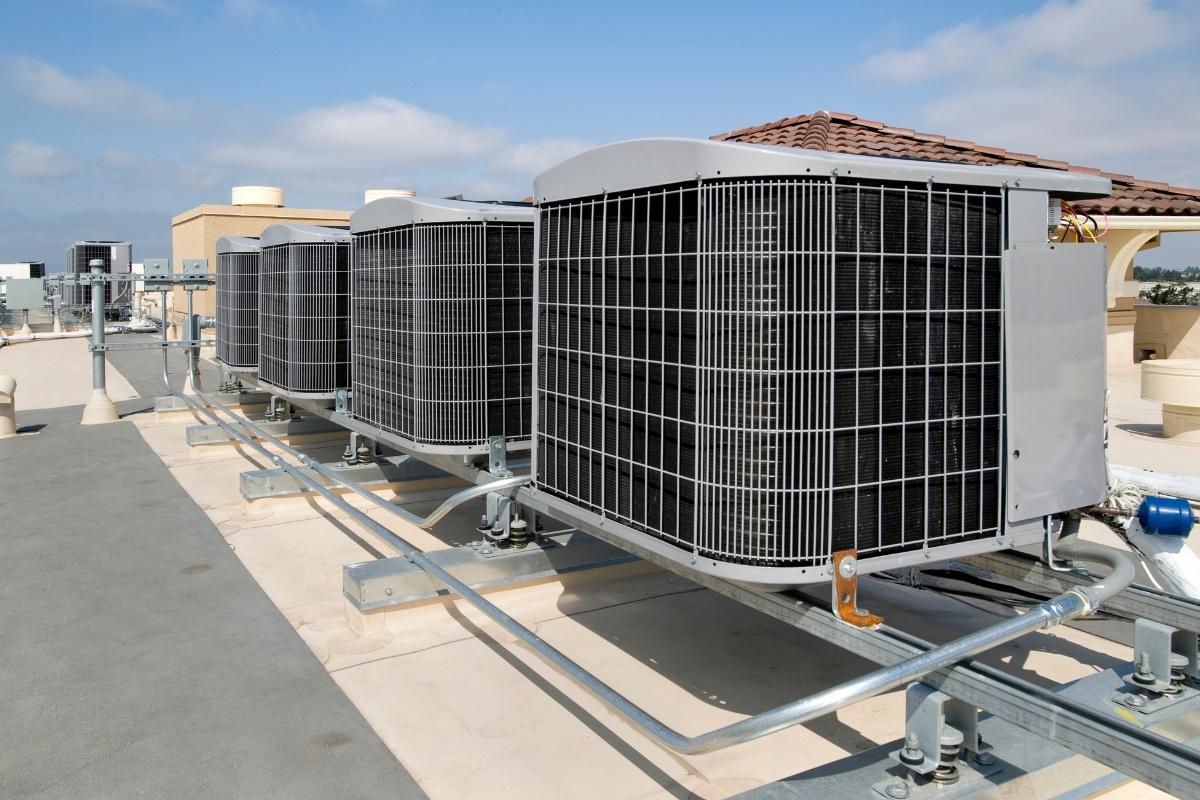A well-maintained commercial HVAC system is crucial for maintaining a comfortable indoor environment, reducing energy costs, and extending the lifespan of your equipment. Regular maintenance helps prevent costly breakdowns and ensures the system operates efficiently. Here’s a comprehensive commercial HVAC maintenance checklist to keep your system in top shape.
1. Inspect and Replace Air Filters
Air filters trap dust, dirt, and debris, preventing them from entering the HVAC system. Over time, they can become clogged, reducing airflow and efficiency. Inspect and replace air filters every 1-3 months, depending on usage and environmental conditions.
2. Check Thermostat Settings
Ensure that thermostats are calibrated correctly and functioning properly. Programmable thermostats help regulate temperature efficiently, reducing energy waste. Check settings seasonally to ensure they align with occupancy schedules.
3. Clean and Inspect Ductwork
Ductwork plays a vital role in distributing conditioned air throughout the building. Check for leaks, blockages, and dirt buildup. Cleaning ducts and sealing leaks can improve air quality and system efficiency.
4. Inspect Electrical Components and Connections
Loose or damaged electrical connections can cause system failures or safety hazards. Regularly inspect all electrical connections, fuses, and wiring. Tighten connections and replace worn-out components as needed.
5. Lubricate Moving Parts
Friction between moving parts can cause excessive wear and tear, leading to inefficiencies and potential failures. Lubricate motors, bearings, and other moving parts to reduce friction and ensure smooth operation.
6. Examine and Clean Coils
Both evaporator and condenser coils should be checked and cleaned regularly. Dirty coils can reduce heat exchange efficiency, leading to higher energy consumption and reduced cooling or heating performance.
7. Check Refrigerant Levels
Refrigerant is essential for cooling efficiency. Low refrigerant levels may indicate a leak, which can harm system performance and increase energy costs. Inspect refrigerant levels and recharge if necessary, following manufacturer guidelines.
8. Test System Performance
Run a complete system test to ensure the HVAC unit is heating and cooling effectively. Listen for unusual noises, check airflow, and ensure temperature consistency throughout the building.
9. Inspect and Clean Drain Lines
Condensate drain lines remove excess moisture from the system. Clogs in the drain lines can lead to water damage and mold growth. Clean drain lines and check for any blockages to prevent costly issues.
10. Review Overall System Efficiency
Analyze energy bills and system performance trends. If energy consumption is rising without increased usage, it may indicate an inefficiency in the HVAC system. Consider upgrading outdated components or scheduling a professional energy audit.
Conclusion
Regular HVAC maintenance is essential for a well-functioning commercial system. By following this checklist, businesses can enhance efficiency, reduce operational costs, and extend equipment lifespan. Scheduling routine inspections and addressing small issues before they become major problems can save significant time and money in the long run. Consider working with a professional HVAC service provider to ensure optimal performance year-round.


